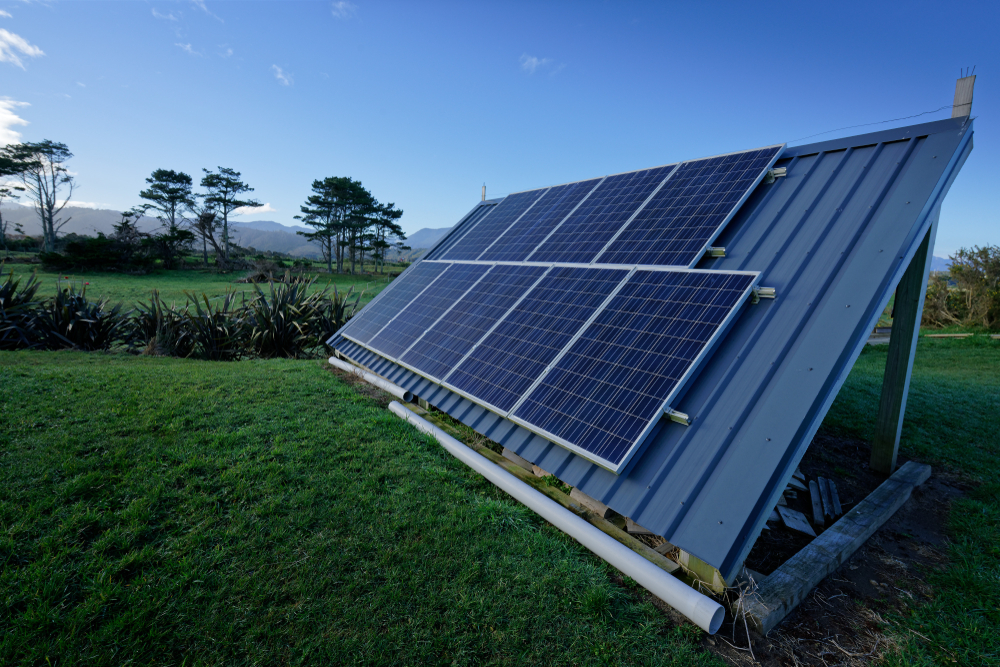Matching the right battery for a solar system involves considering various factors to ensure optimal performance, energy storage, and longevity. Here’s a step-by-step guide to help you match a suitable battery for your solar system:
- Determine Your Energy Needs: Calculate your daily energy consumption in kilowatt-hours (kWh) to understand how much energy you need to store. This calculation involves looking at your historical electricity bills and identifying peak usage times.
- Identify Usage Patterns: Analyze your energy usage patterns to determine when you consume the most energy. This will help you size the battery to store enough energy to cover your nighttime or cloudy-day energy needs.
- Consider System Voltage: Solar batteries are typically available in different voltage ratings, such as 12V, 24V, and 48V. Ensure that the battery voltage is compatible with your solar panel system and inverter.
- Battery Chemistry: Different battery chemistries offer varying performance characteristics, cycle life, efficiency, and maintenance requirements. Common battery chemistries for solar systems include lead-acid (flooded, gel, AGM) and lithium-ion. Lithium-ion batteries are known for their high energy density, longer cycle life, and faster charging.
- Depth of Discharge (DoD): Determine how much of the battery’s capacity you intend to use regularly. It’s generally recommended to keep the depth of discharge between 20% and 80% to maximize the battery’s lifespan.
- Cycle Life: Cycle life refers to the number of charge and discharge cycles a battery can undergo before its capacity significantly degrades. Consider how often you expect to cycle the battery and choose one with a cycle life that matches your needs.
- Efficiency: Batteries have charging and discharging efficiencies that affect how much energy is lost during these processes. Choose a battery with higher efficiency to ensure you get more usable energy from each charge.
- Manufacturer Reputation and Warranty: Opt for batteries from reputable manufacturers with a track record of producing reliable products. Check the warranty offered on the battery; a longer warranty period often indicates the manufacturer’s confidence in the product’s durability.
- Temperature Considerations: Some batteries perform better in specific temperature ranges. If your location experiences extreme temperatures, choose a battery that can handle those conditions without significant performance degradation.
- Physical Space and Installation: Consider the physical dimensions and weight of the battery to ensure it can be accommodated in your available space. Also, factor in any installation and ventilation requirements.
- Integration with Solar Inverter: Ensure that the chosen battery is compatible with your solar inverter or that you select an inverter that supports the chosen battery technology.
- Budget: Different battery chemistries and brands come at varying price points. Balance your budget with the desired performance and longevity.
- Consult a Professional: Consider consulting with a solar energy professional or an electrical engineer to get expert advice tailored to your specific needs.
Remember that the goal is to create a balanced and efficient solar and battery system that meets your energy needs while considering factors like capacity, cycle life, cost, and compatibility.


